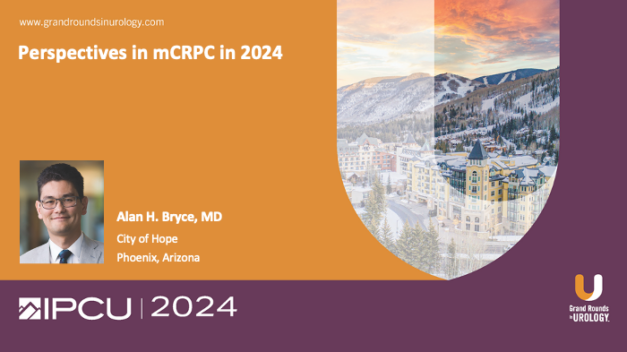Tips and Tricks of Endoscopic and Robotic Correction of POP/fSUI
Catherine A. Matthews, MD, FACS, FACOG, FPMRS, shares key steps for safe and effective endoscopic and robotic correction of POP/fSUI. In this presentation, Dr. Matthews provides guidance on:
Sacral Anatomy and Landmarks
Surgical Planes for Vaginal Dissection
Optimizing Mesh Attachment
Steps to Prevent Common Complications





